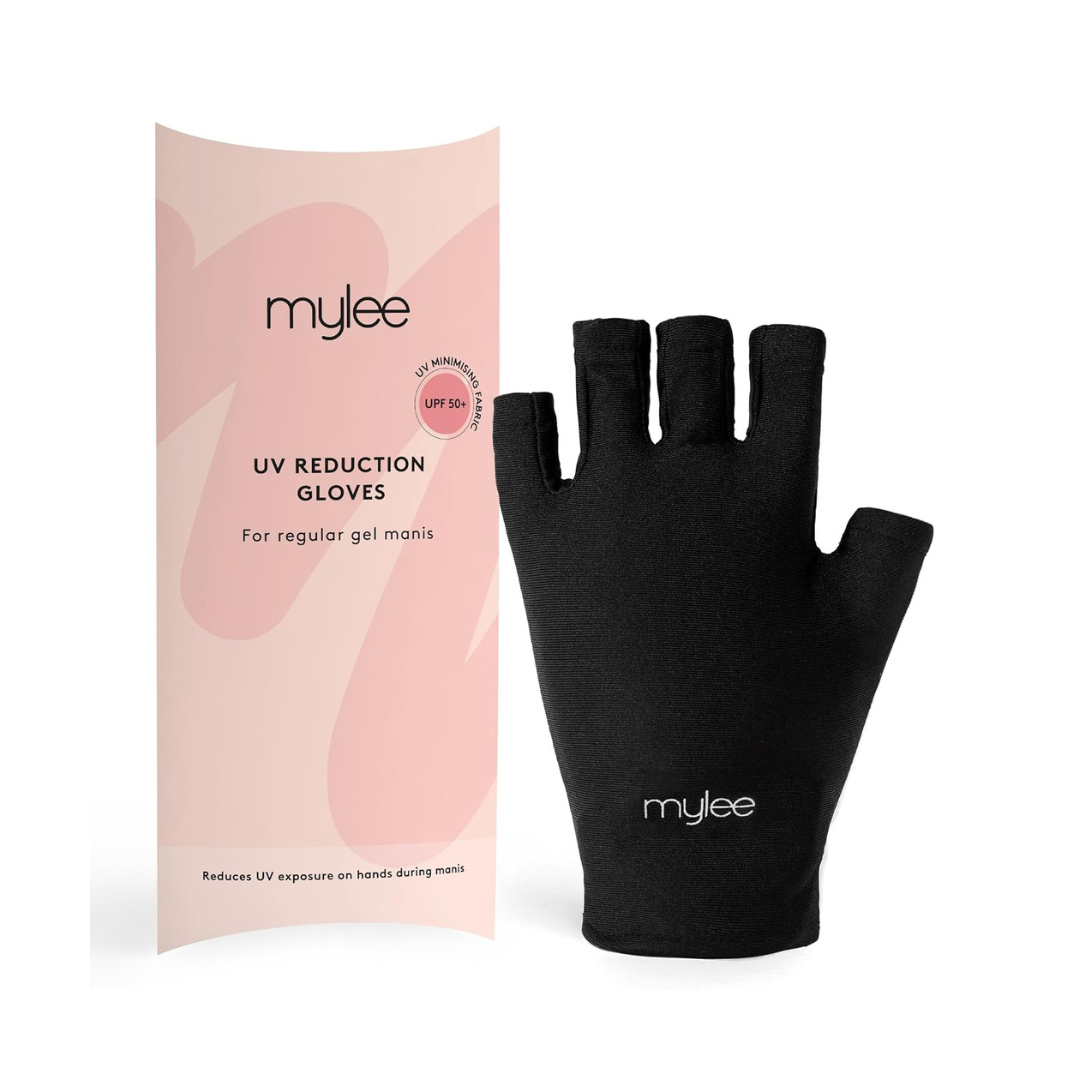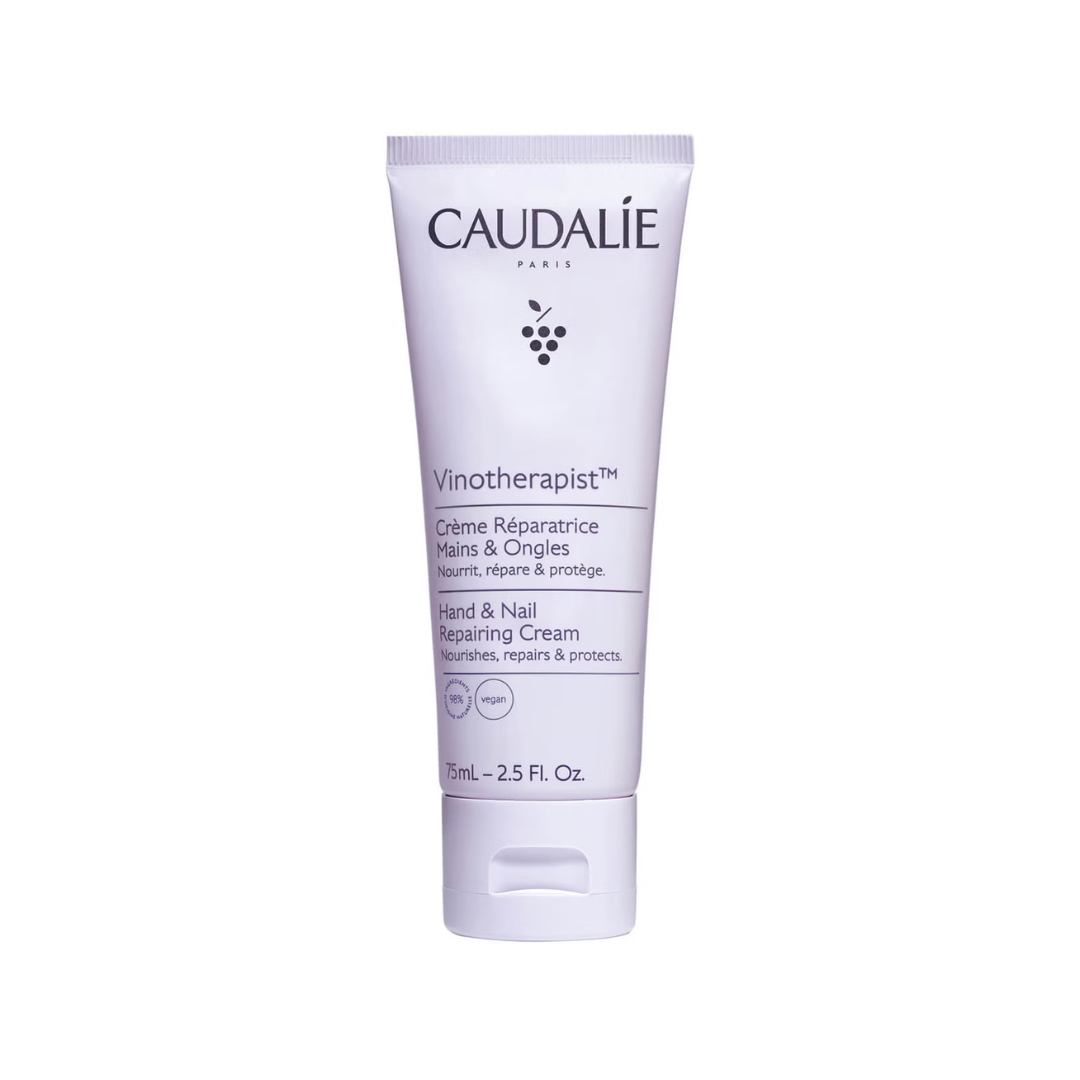Is BIAB the same as Bio Sculpture? Nail techs explain how these manicures differ
Our expert-approved guide explains all about the two hottest in-salon nail services, BIAB and Bio Sculpture
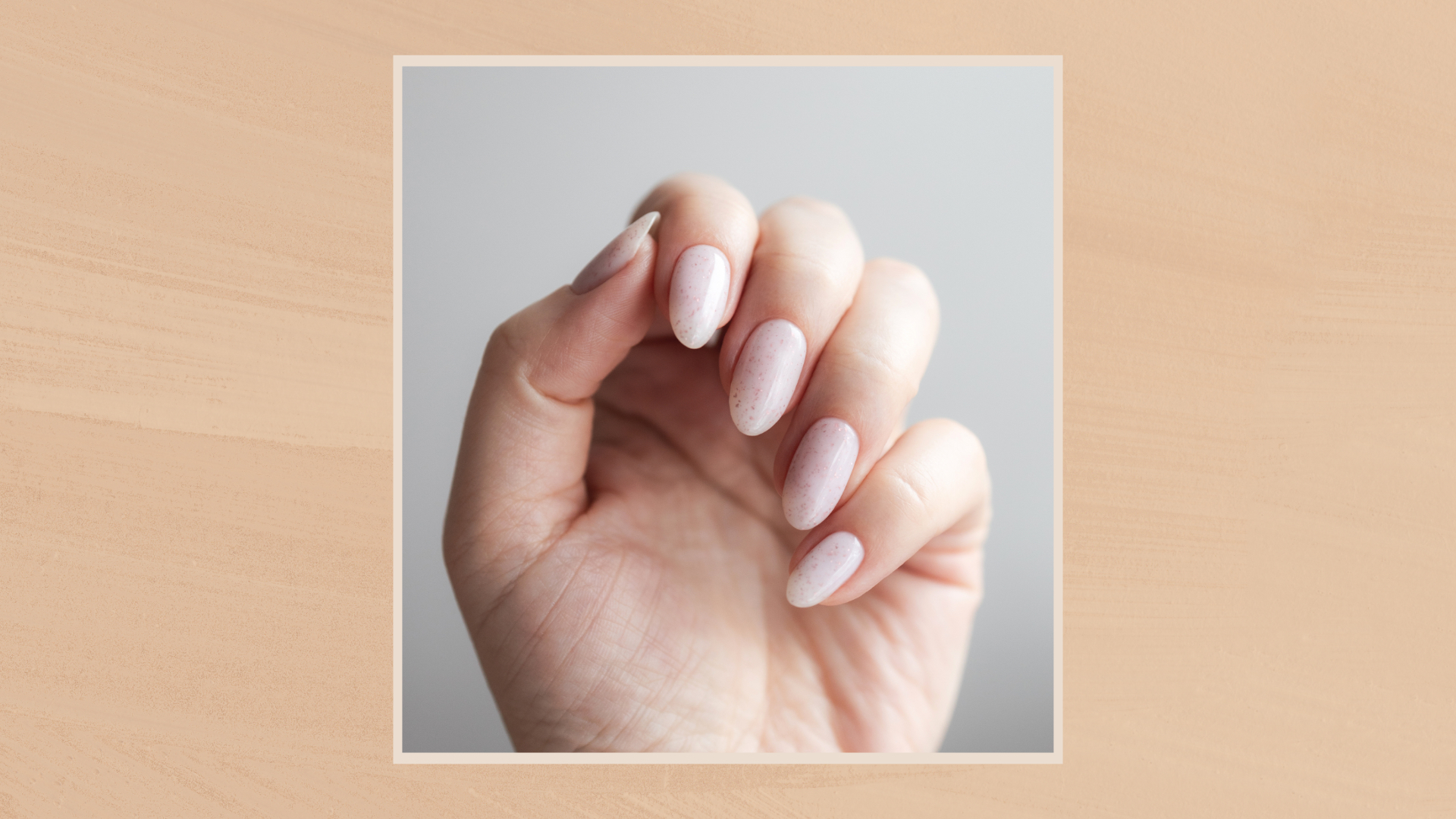
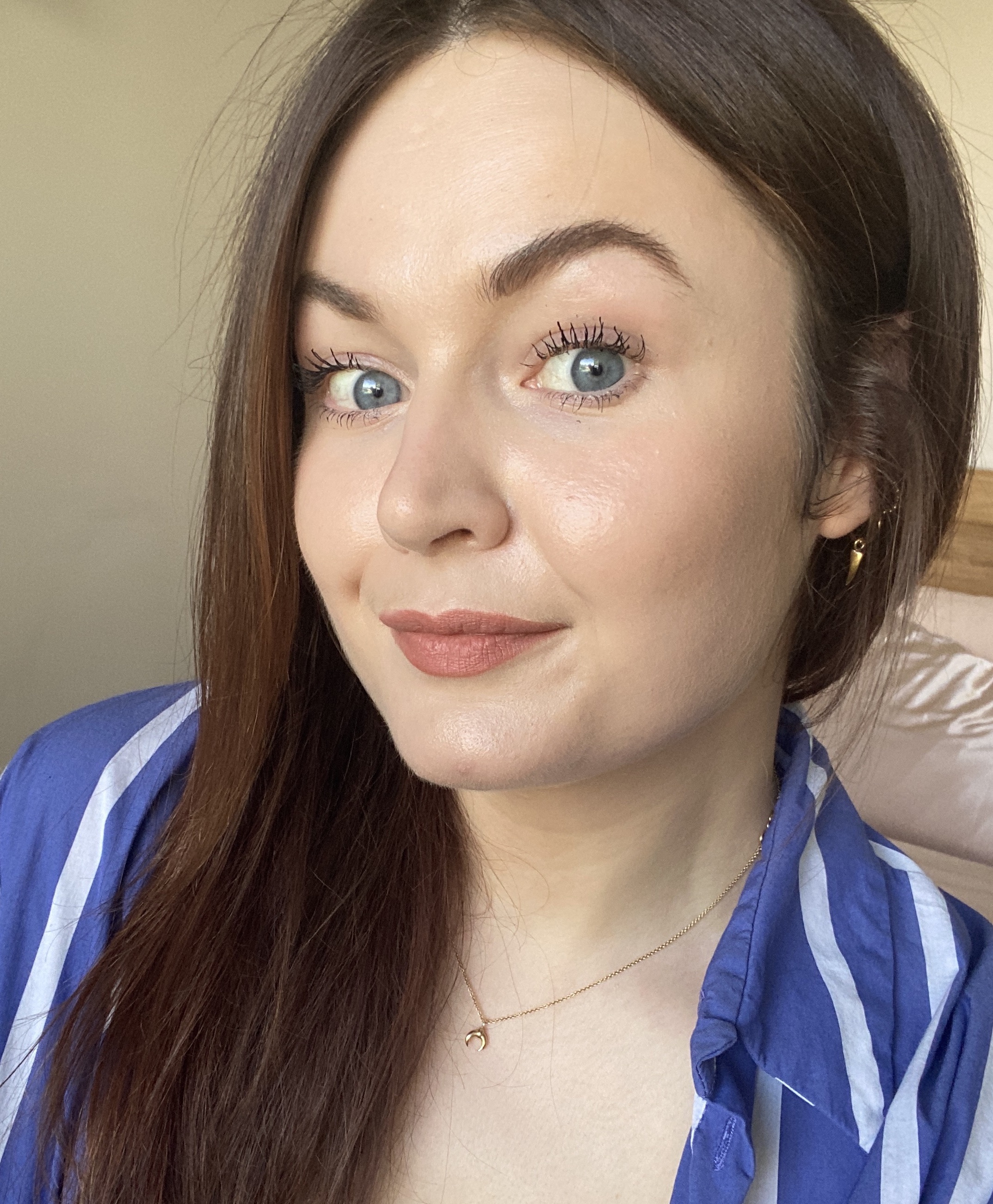
In 2024, there are many different nail services to choose from when it comes to booking an in-salon manicure. It’s great to have options, but this can be confusing for those who aren’t clued up on all things nails, prompting questions like, is BIAB the same as Bio Sculpture?
From long-standing options like acrylic nails to newer inventions like BIAB nails, team woman&home is well-versed in the different manicure options on the market. What’s more, we know several manicurists who apply them daily. So what makes BIAB and Bio Sculpture nails similar and how do they differ? We caught up with three certified nail technicians to clearly define the benefits of each.
Is BIAB the same as Bio Sculpture?
Are BIAB and Bio Sculpture the same thing?
In short, no. BIAB, which stands for Builder In A Bottle and is a name that's trademarked by The GelBottle Inc™, first launched in 2015, while the Bio Sculpture brand has been around for even longer, since 1988. They are similar in that the in-salon services both involve a type of gel polish. BIAB is a type of builder gel; a Bio Sculpture manicure also involves the brand’s own builder gel, which may be why the two systems are compared. However, there are key differences between the BIAB and Bio Sculpture gel formulas themselves as well as how they are applied to your nails.
What’s the difference between BIAB and Bio Sculpture?
As a beauty editor who writes about nail designs and services for a living, I've had both of these manicures in the past. But for a more expert take, I reached out to fellow beauty editor Tori Crowther, who is also a qualified nail tech, for her thoughts. She confirmed that, because they are different systems, “It is quite difficult to directly compare them, but Bio Sculpture and BIAB are both soft gels. Bio Sculpture, I would say, is a slightly softer gel because it’s got a thinner consistency, whereas BIAB has a lot thicker consistency.”
Aside from product, the other key difference lies in how BIAB and Bio Sculpture are applied (more on that later). Our guides on what to know before getting Bio Sculpture and what to know before getting BIAB nails take you through the process of each of these services in more detail.
What are the benefits of BIAB?
BIAB is built up in layers and is very durable – many people attribute growing their own nails to the product. “This is where people love BIAB; because it lasts and, I think, has unmatched strength for a bottled soft gel,” Tori says. “Another reason I think it lasts is because of the way it’s applied. You apply one slip layer – which is one thin layer – and then on top of that you do a bead of gel, float it down the nail and then you use a thin brush to level it. In that sense, it’s a lot thicker.” And a thicker manicure is much harder to crack, meaning this service appeals to heavy-handed manicure fans.
Indeed, The Gel Bottle confirms how long a BIAB manicure should last, “As we use BIAB to mimic the nail’s natural apex to create and maintain natural nail strength, it is important to infill or rebalance your BIAB manicure every two to four weeks, depending on the growth speed of the natural nail,” says Giorgia Cappella, the brand’s training and education manager. “As the natural nail grows, the placement of the BIAB apex will no longer be in the correct position and this can result in breakages. We recommend a good understanding of each client’s nail growth speed to advise the appropriate maintenance appointment times.” Your nail tech can also advise when it's time for a fresh BIAB manicure over infilling.
Sign up for the woman&home newsletter
Sign up to our free daily email for the latest royal and entertainment news, interesting opinion, expert advice on styling and beauty trends, and no-nonsense guides to the health and wellness questions you want answered.
BIAB is available in a range of colours, including HEMA-free formulas, though the majority are neutrals, reds and pinks. However, if your desired polish colour isn't available in BIAB, regular gel polish can be applied over the top in this shade instead.
What are the benefits of Bio Sculpture?
The word that you'll most frequently hear used to describe Bio Sculpture is “prescriptive”, due to the tailored approach of products applied during the manicure. After discussing your natural nails with your tech, they'll choose your nail treatment depending on which category your natural nails fall into – flexible, normal or strong. This goes on before any polish as the first step of your Bio Sculpture service.
Then, a layer of your base coat, builder gel and colour are applied and cured. Though it is slightly more flexible than BIAB, Bio Sculpture is still more hardy than traditional gel polish or Shellac nails and, as such, it can last for weeks. "Not only does the application strengthen nails, but it also ensures that your Bio Sculpture gel manicure remains chip-free for up to three weeks, maintaining its glossy, high-shine finish," says manicurist Julia Diogo, one of Bio Sculpture's top techs.
With more than 180 different shades of gel polish available, the Bio Sculpture range is also incredibly extensive – and the brand only sells its professional products to nail technicians who have also completed its training.
How to choose between BIAB and Bio Sculpture
It’s not about one of these services being 'better' than the other, which is why choosing between BIAB vs Bio Sculpture can be tricky if both options sound great (they are!). Several things may factor into your choice of manicure – first and foremost, it’ll depend on the availability of BIAB or Bio Sculpture technicians near you.
After that, it comes down to what you need from your nails. If you know you have weak nails, for example, and like the sound of the tailored base coat, Bio Sculpture’s approach will likely appeal. If you like your manicure to have a degree of flexibility, Bio Sculpture is the more flexible of these two options.
Whatever the service, it’s important to note that any manicure’s longevity is impacted by how the product is applied. But in my experience, BIAB is that bit more durable – as Tori mentioned, due to the product being thicker. Therefore, it may be the more suitable choice for you if you want to grow your natural nails longer or to protect existing length that may also be on the weak side.
If you’re still unsure, as straightforward as it might sound, trying out both of these services and comparing the results on your own nails is one of the best ways to see which one suits you best. (Plus, it's a nice excuse to get your nails done twice!)
Shop our hand and nailcare favourites
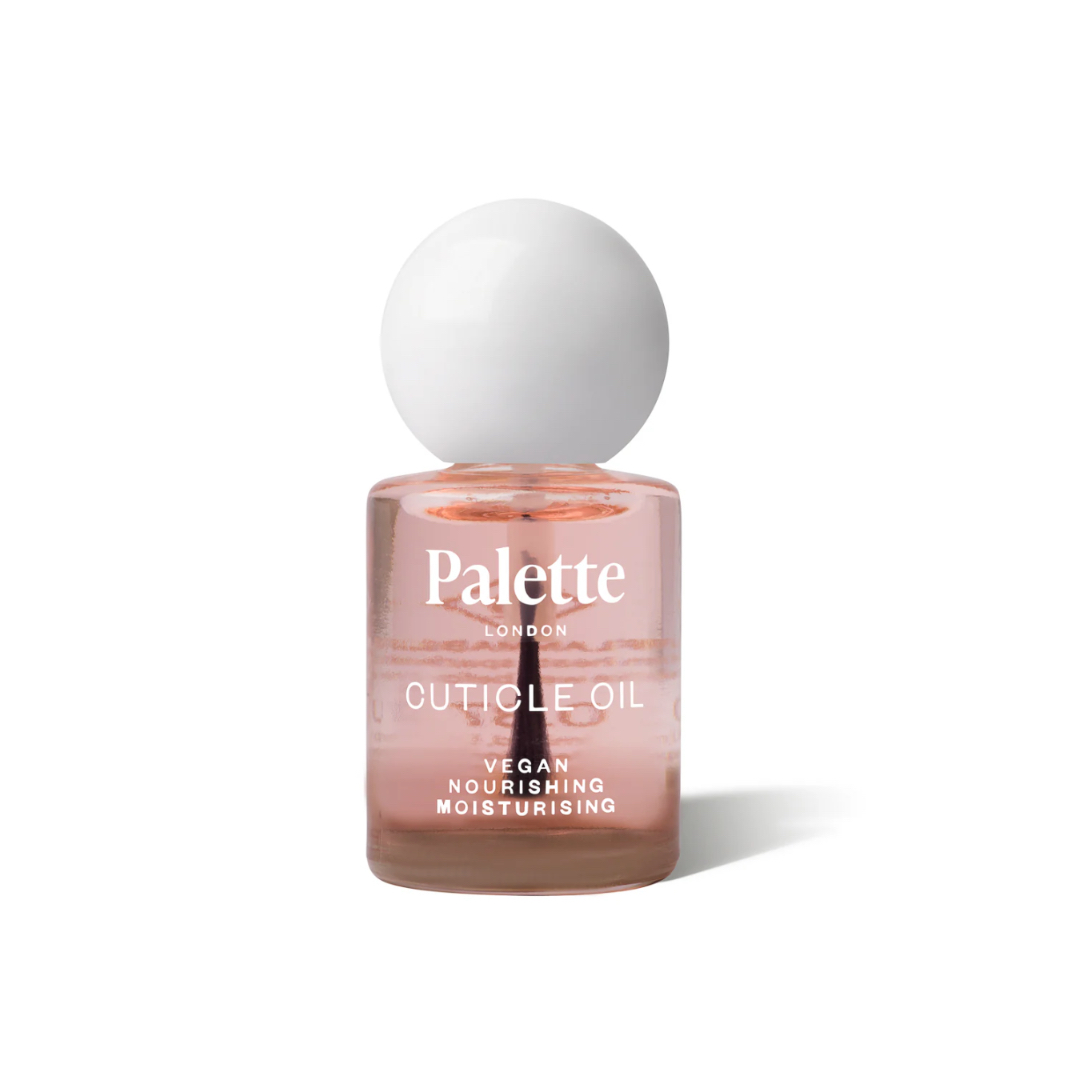
RRP: £8
If you've ever had a manicure, you've probably been advised of the importance of cuticle oil, which helps to keep the skin around your nails looking soft and support healthy nail growth. With a nice fluid consistency, Palette's nourishing and lightweight oil features a handy brush for easier application to your cuticles. It's also vegan and has a pleasant, sweet scent.
Lucy is a UK-based beauty journalist who has written for titles including Marie Claire, Glamour and OK!, as well as contributing to woman&home. Her work covers everything from expert skin and haircare advice to beauty trends and reviews of the latest products. During her career she regularly speaks to the industry's leading hairdressers, dermatologists and make-up artists, has covered backstage at London Fashion Week and interviewed many a celeb about their beauty routine.
-
 We're in awe of Sienna Miller's easy-going and 'piece-y' hairstyle and how perfect it is for spring
We're in awe of Sienna Miller's easy-going and 'piece-y' hairstyle and how perfect it is for springThis laid-back hairstyle is - quite literally - making waves this season
By Naomi Jamieson
-
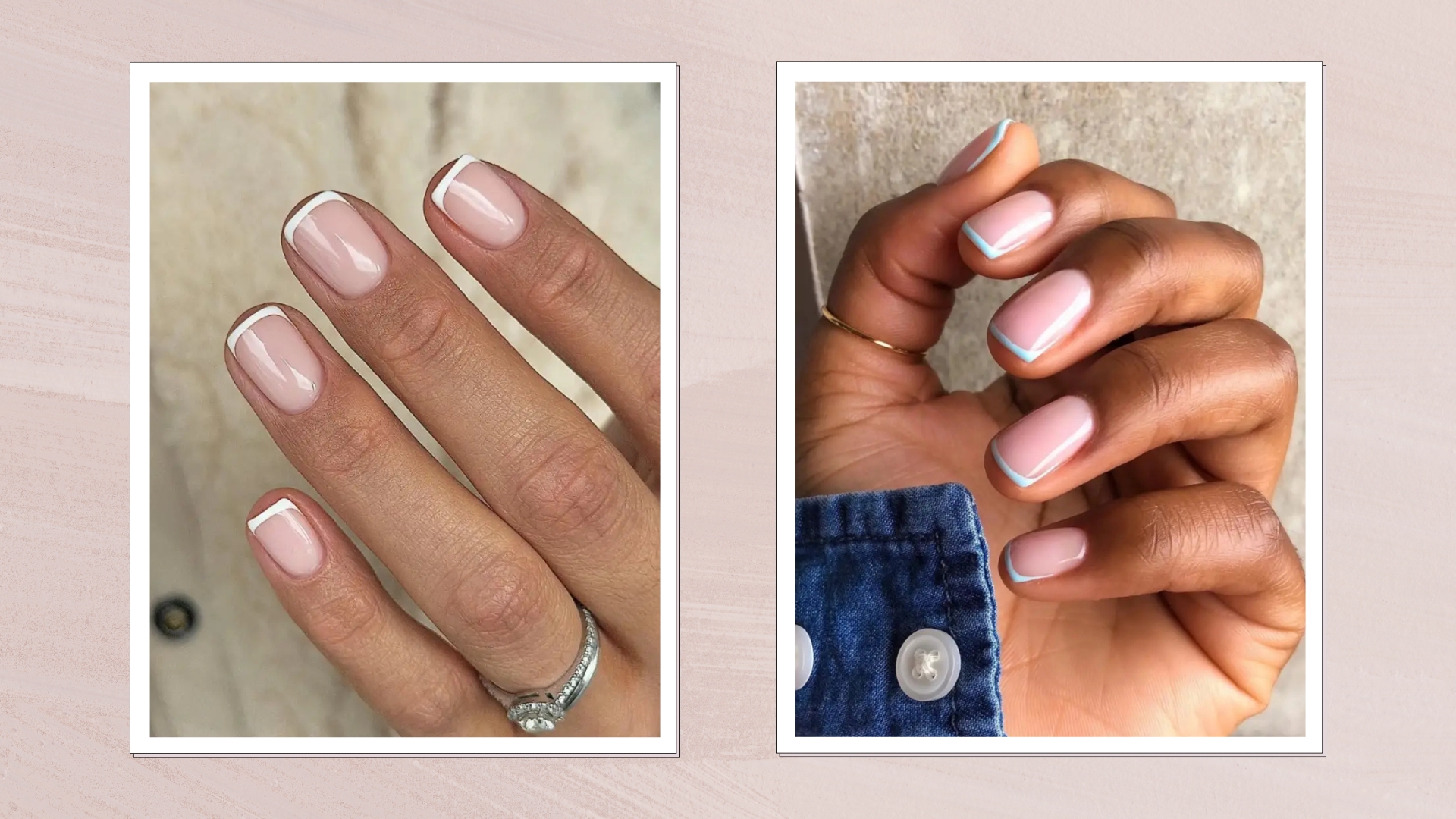 We never thought we'd see this 'dated' manicure make a chic comeback, but here it is - and we're on board
We never thought we'd see this 'dated' manicure make a chic comeback, but here it is - and we're on boardClean and angular, short square French tips are a go-to this season for a practical but stylish manicure...
By Naomi Jamieson
